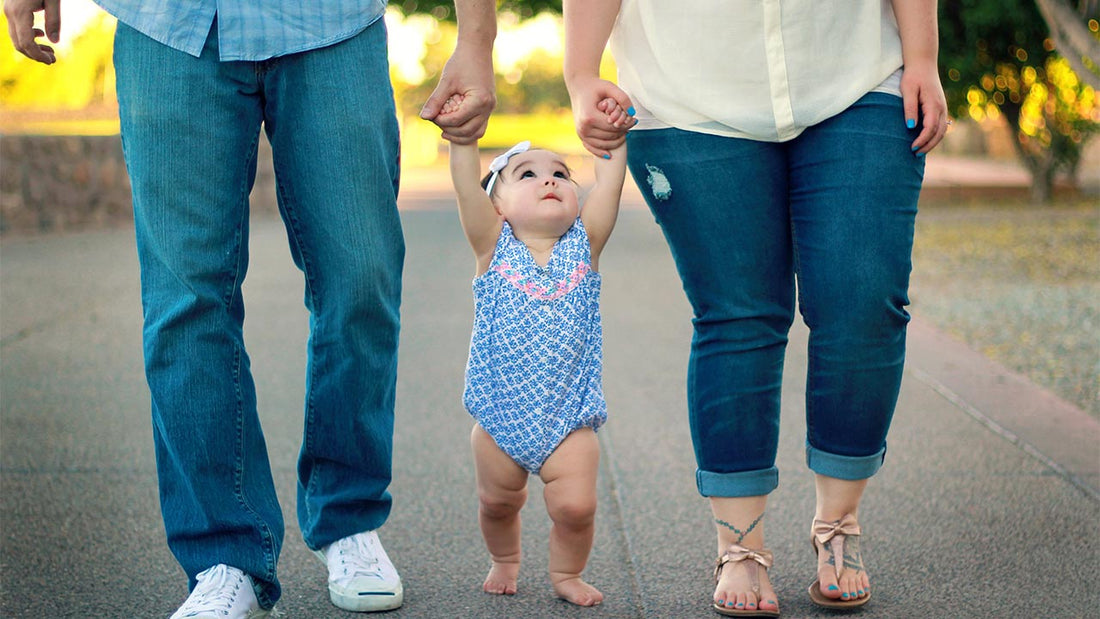
Top 5 Mistakes Parents Make with Child Safety Seats (and How to Avoid Them)
Ensuring your child’s safety in the car is one of the most important responsibilities of parenthood nowadays. Child safety seats are designed to protect your little ones especially in the event of an accident, but did you know that many parents make critical mistakes when installing or using these seats? These errors can compromise your children’s safety, leaving them vulnerable or worst. To help keep your child as safe as possible, here are the top 5 mistakes parents make with child safety seats—and how you can avoid them.
1. Incorrect Installation
The base of the seat is crucial and sadly many parents struggle with installing car seats correctly. Whether it’s using the wrong seat belt path, not tightening the seat firmly, or placing the seat at the wrong angle, improper installation is a common problem.
So how to avoid:
- Read THE WHOLE car seat manual and your vehicle’s owner manual carefully. A lot of researchers share that parents don’t actively read the seat’s manuals, either thinking that they can “figure it out” themselves or that they have “previous experience” with another seat brand or vehicle. Every car seat has the same mission, but it cannot be said the same about the installation process.
- Use a seat belt or LATCH system as recommended.
- The seat should not move more than one inch side to side or front to back. Use your weight—press down with your knee or hand while tightening the straps or seatbelt
- If using the seatbelt method, pull the seatbelt all the way out to activate the locking mechanism, then slowly feed it back while tightening.
- If in doubt, you can visit a certified Child Passenger Safety Technician (CPST) for a hands-on inspection.
2. Using the Wrong Seat for Your Child’s Age and Size
Parents sometimes move their child too soon from rear-facing to forward-facing seats or from harness seats to booster seats, which can reduce protection. There is a specific type of separation of car seats depending on the child’s age and size. Most parents in their excitement that their child has grown up, act too soon and change the facing of the seat, risking the efficiency of the car seat.
So how to avoid:
- Follow the manufacturer’s height and weight limits for each seat.
- Keep your child rear-facing as long as possible (at least until age 2 or until they reach the seat’s maximum rear-facing size), because it provides better head, neck, and spine support in a crash. Even if your child seems too tall or their legs are bent, they are still safer rear-facing. It may look uncomfortable to you, but for them, it’s just another way to sit!
- Use a forward-facing seat with a harness until your child outgrows it.
- Booster seats are for kids who have outgrown forward-facing seats but aren’t yet tall enough for seat belts so again, not so fast…
- If the seatbelt doesn’t fit correctly, your child still needs a booster—no matter how old they are!
3. Not Securing the Harness Properly
A common error is leaving the harness too loose or placing the chest clip in the wrong position. If the straps aren’t snug enough, your child could be thrown from the seat in a crash.
So how to avoid:
- Harness straps should be snug enough that you cannot pinch any excess webbing at the shoulder.
- The chest clip should be at armpit level (not on the belly) to keep straps positioned correctly over the shoulders. If it’s too low, the straps can slip off your child’s shoulders, leaving them unprotected.
- Regularly check harness tightness as your child grows. As frequent the checks – the better.
4. Ignoring Expiry Dates and Seat Damage
Surprise! Car seats have expiry date as well! Using old, expired, or damaged car seats can be dangerous since materials degrade over time and may fail during a crash.
So how to avoid:
- Check the car seat’s expiration date, usually found on a sticker into the plastic.
- Do not use a seat that has been involved in a moderate or severe accident.
- Inspect the seat regularly for cracks, frayed straps, or broken parts.
- Replace any car seat that shows signs of wear or damage.
5. Placing the Seat in the Wrong Location
Many parents install the child seat in a front seat with airbags or in other unsafe spots in the vehicle.
So how to avoid:
- The safest place for a child safety seat is the back seat, preferably in the middle position, which is furthest from any impact points.
- Never place a rear-facing seat in front of an active airbag.
- Always consult your vehicle’s manual to determine the safest location for a child seat.
Child safety seats save lives, but only when used correctly. By avoiding these common mistakes, you can dramatically increase your child’s safety on the road. Remember: every child deserves a secure ride—taking the time to properly install and use their car seat is one of the best gifts you can give them. It may take more effort than expected, but that extra step can make all the difference in keeping your child safe. Your peace of mind and your child’s wellbeing are worth it!








